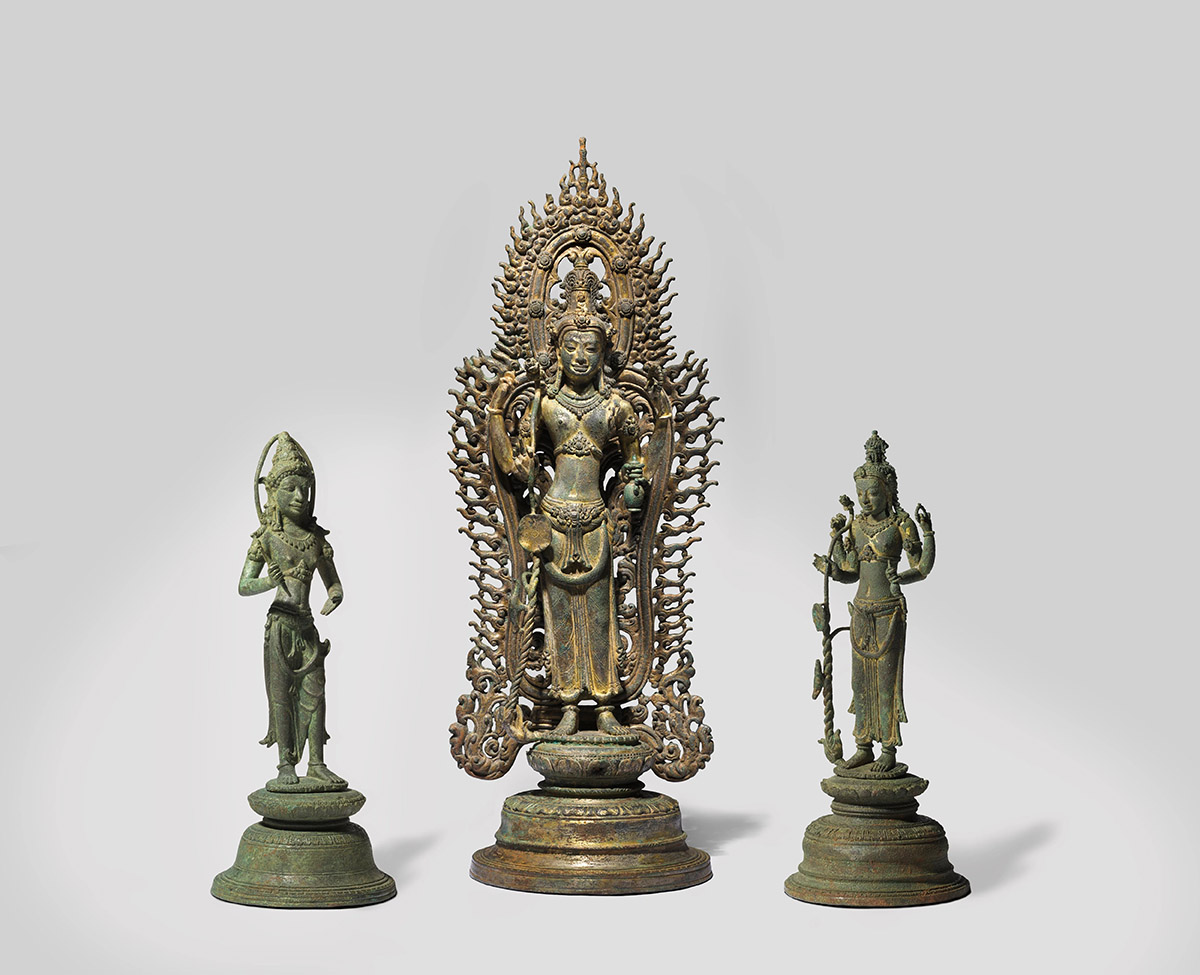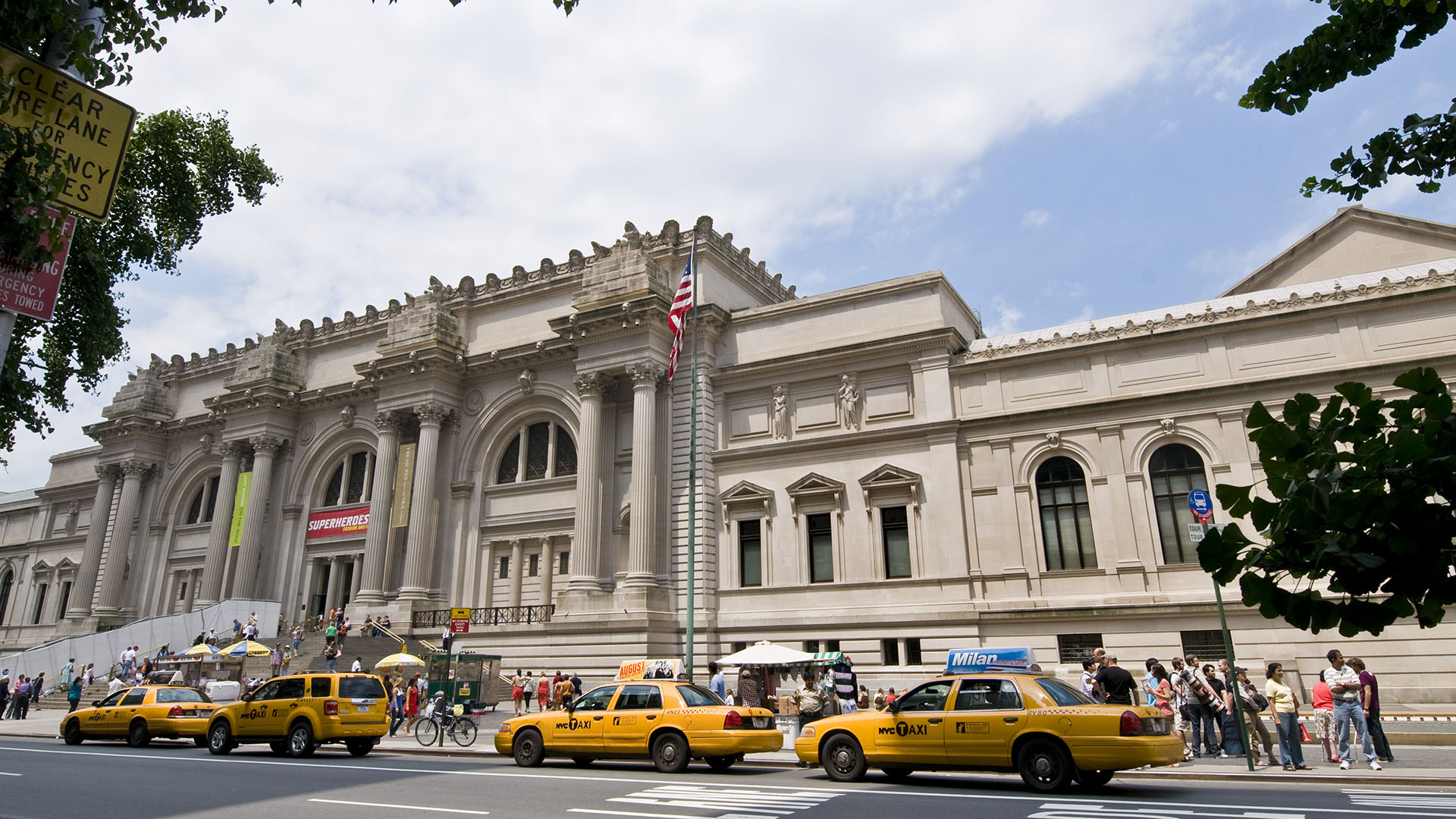IMPACT
National Gallery of Australia to return bronze artifacts believed stolen to Cambodia
The repatriation of the three millennia-old statues is the latest to follow investigations by the International Consortium of Investigative Journalists and others.

The National Gallery of Australia will return three ancient statues to Cambodia after concluding they were likely stolen from the Southeast Asian nation and illegally sold.
Its announcement came almost two years after an ICIJ investigation found that allegedly looted pieces, linked to the late English-born art collector Douglas Latchford, were in the NGA collection.
The NGA purchased the three statues from Latchford — who is accused of playing a key role in pillaging Cambodia’s cultural heritage — for $1.5 million in 2011.
The bronze sculptures, dating from the 9th or 10th century, were reportedly dug up in a field in Tboung Khmum in the east of Cambodia in 1994 before being smuggled to international art dealers across the border in Thailand and ending up in Latchford’s collection.
Latchford, who U.S. investigators say oversaw a booming trade in stolen artifacts for four decades, was the subject of an ICIJ investigation tying him to several prominent art institutions.
In 2019, the United States indicted Latchford for wire fraud and other charges related to alleged art trafficking.
At the time, it seemed that hundreds of items he had traded might be identified and returned: Prosecutors demanded the forfeiture of “any and all property” derived from his allegedly illicit business.
But in August 2020 the 88-year-old Latchford died before the case could be resolved, leaving unanswered a tantalizing question: What happened to all the money and allegedly looted treasures?
ICIJ found the answer lay, at least in part, in previously undisclosed records describing secret offshore companies and trusts that Latchford and his family controlled. The records are part of the Pandora Papers, a cache of more than 11.9 million documents.
The Australian repatriation to Cambodia follows the return of dozens of other pieces by U.S. institutions last year.
The NGA said the repatriation was the result of a decade-long investigation and collaboration with the Ministry of Culture and Fine Arts in Cambodia to determine the provenance of the statues that were removed from the museum’s national collection in 2021 due to “the likelihood that they were illegally exported from their country of origin.”
“The decision to repatriate these sculptures to the Kingdom of Cambodia is the culmination of years of research and due diligence,” NGA director Nick Mitzevich said in a statement.
At a handover ceremony at the National Gallery on July 28, the undersecretary of state from Cambodia’s Ministry of Culture and Fine Arts, Kong Vireak, said his country had been traumatized by war and the return of the sculptures “heals our nation.”
“The return is a miracle and sets an example for the world,” he said.
Susan Templeman, the Australian government’s Special Envoy for the Arts, said the repatriation was “an opportunity to put right a historical wrong but also to strengthen our ties and deepen our understanding.”
The sculptures are set to remain on display at the NGA for up to three years, while the Cambodian government prepares a new home for them in the kingdom’s capital.
Last month, the Latchford estate agreed to pay $12 million and return a 7th-century bronze statue to Vietnam as part of the largest-ever forfeiture of money linked to allegedly stolen antiquities.
In 2022, ICIJ reported that dozens of ancient relics hacked from Cambodian temples and other historical sites and allegedly trafficked to the United States by Latchford were seized after a prominent tech billionaire, James H. Clark, the co-founder of Netscape, agreed to return them.
A representative of the Latchford estate declined to comment on the repatriations.


